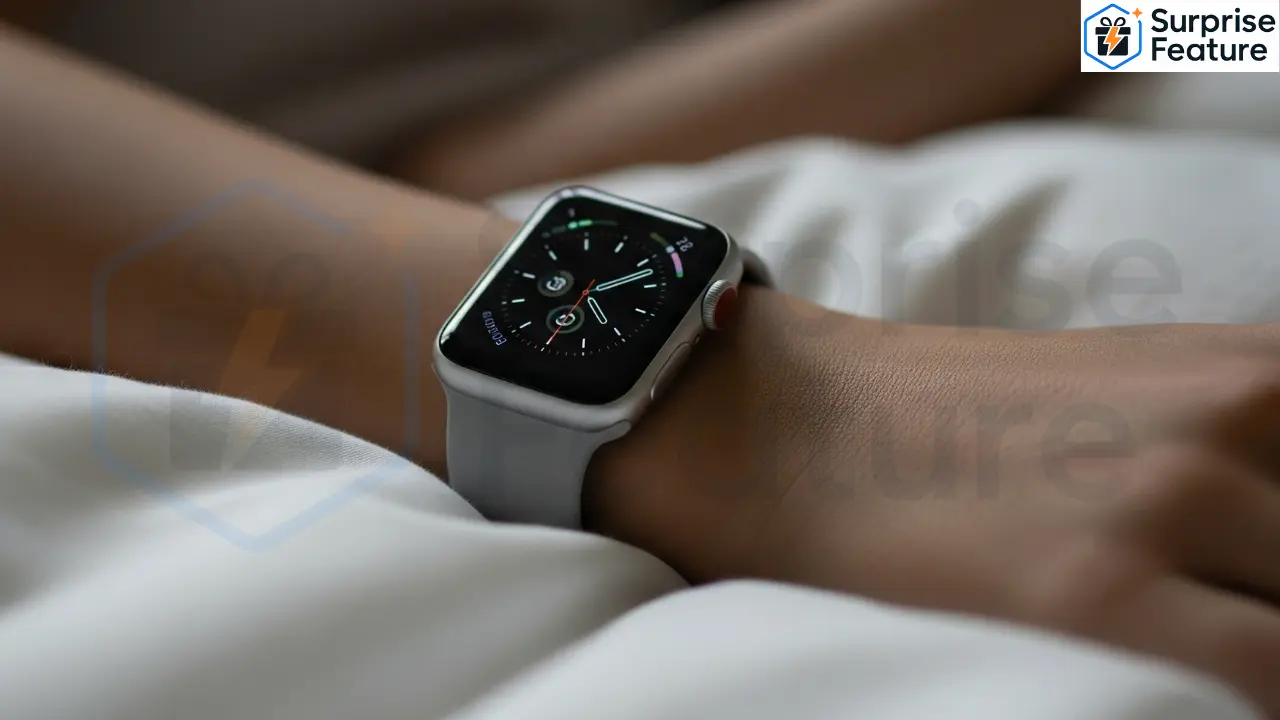7 Hidden Apple Watch Features That Can Dramatically Improve Your Sleep Quality

If you're using an Apple Watch just to count your steps and check notifications, you're missing out—especially when it comes to sleep. While the Apple Watch is widely known for its fitness tracking, what many users don’t realize is how powerful it can be as a tool for improving sleep quality.
In this article, we’ll uncover seven lesser-known Apple Watch features specifically designed—or easily adapted—to help you get better rest, track more accurate sleep data, and build healthier routines.
1. Wind Down Mode That Prepares Your Body for Sleep
The Wind Down feature, tucked inside your iPhone’s Health app, syncs seamlessly with Apple Watch. Once activated, it dims your screen, silences notifications, and triggers shortcuts that promote relaxation—like launching meditation apps or dimming smart lights.
2. Auto Sleep Detection Without Third-Party Apps
With watchOS 9 and above, the Apple Watch can detect when you fall asleep—no manual input needed. Unlike older versions that required Sleep Mode activation, the newer OS uses machine learning and motion data to detect restful states, making your sleep tracking more effortless and accurate.
3. Silent Haptic Alarms That Don’t Jolt You Awake
Instead of an audible alarm, try setting a gentle haptic alarm—a quiet vibration on your wrist that gradually wakes you up. It’s ideal for light sleepers and anyone sharing a bed, and it aligns well with your circadian rhythm if paired with the "Sleep Schedule" function in the Health app.
4. Heart Rate Variability (HRV) Tracking While You Sleep
Most users check heart rate manually, but did you know Apple Watch logs HRV overnight? This key health metric helps assess stress, recovery, and sleep quality. Viewing it via the Health app the next morning gives insights into how restful your sleep actually was.
5. Enable “Theatre Mode” for Distraction-Free Sleep
Theatre Mode doesn’t just dim your watch—it stops the screen from lighting up with every turn of the wrist. Activating it before bed prevents light disruption, especially if you're sensitive to brightness during midnight wake-ups.
6. Track Sleep Stages in Detail with watchOS 10
With watchOS 10, Apple finally introduced detailed sleep staging—REM, Core, and Deep sleep tracking. The data is neatly presented in the Health app and can be synced with third-party apps like AutoSleep or Pillow for even richer insights.
7. Use Focus Modes to Avoid Sleep-Disturbing Alerts
Set a "Sleep" Focus that automatically silences calls, messages, and app notifications during bedtime. This goes beyond Do Not Disturb by allowing selected exceptions (e.g., emergency contacts), ensuring safety while still minimizing disruptions.
Conclusion: Small Features, Big Impact
These Apple Watch features are often overlooked—but when used consistently, they can dramatically improve sleep hygiene. Whether it's haptic alarms, automatic sleep detection, or minimizing light and alerts, optimizing your wearable could be the best non-pharmaceutical sleep upgrade you make this year.
As Apple continues to invest in health-forward software, learning how to use these built-in tools will only become more beneficial. Start small, explore the settings, and let your Apple Watch quietly guide you toward better rest.